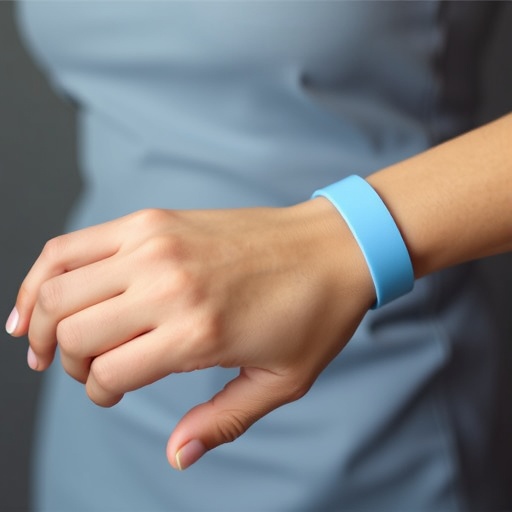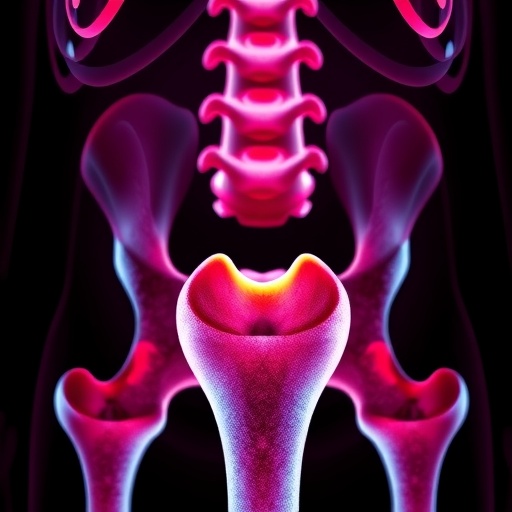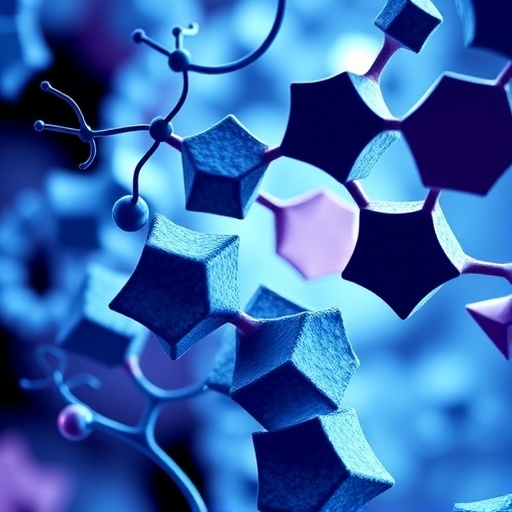In an innovative breakthrough poised to transform the management of vasomotor symptoms, researchers at Boston University’s Chobanian & Avedisian School of Medicine have unveiled compelling evidence supporting the efficacy of a novel wrist cooling device. This groundbreaking research addresses the ubiquitous and distressing phenomenon of hot flashes—characteristic sudden episodes of intense body warmth, often accompanied by perspiration and flushing—that affect millions worldwide. These vasomotor symptoms (VMS) not only afflict up to 80% of women undergoing the menopausal transition but also markedly impact male prostate cancer patients subjected to androgen deprivation therapy and breast cancer patients receiving hormone suppression treatments.
Hot flashes, by their very nature, are transient yet severely disruptive, leading to a cascade of secondary health impairments. Among the myriad consequences are pronounced sleep disturbances, cognitive deficits, profound fatigue, intensified pain perception, and an overall decline in quality of life. The burden is especially pronounced in cancer patients, for whom hormone deprivation therapies induce or exacerbate VMS, further complicating their clinical course and psychological well-being. These symptoms transcend individual discomfort, imparting significant socio-economic and healthcare system stresses globally.
The study, recently published in the journal Endocrinology and Diabetes, embarks on an exploration of peripheral thermoregulation as a means to modulate these vasomotor episodes. By harnessing the physiological intricacies of the human wrist—a site rich in neurological and thermosensory receptors—the researchers hypothesized that targeted cooling could attenuate the central neural triggers responsible for initiating hot flashes. This approach represents a paradigm shift away from conventional pharmacotherapies which, despite some efficacy, are marred by side effects and contraindications, especially in hormone-sensitive cancer patients.
Enrolling twenty-seven participants—comprising breast cancer survivors, prostate cancer patients, and postmenopausal women—who all experienced at least two moderate-to-severe hot flashes daily, the investigators employed a rigorous randomized, double-blind crossover design. Participants alternated between wearing an active cooling wristband and a placebo non-cooling band each for two-week intervals following an initial baseline period. Subjective hot flash frequency and intensity metrics were meticulously captured through personal diaries, ensuring robust data for subsequent analysis.
The results were nothing short of remarkable. Utilization of the active wrist cooling device yielded a striking 46% reduction in severe hot flash episodes across the cohort. Disaggregated data revealed that this reduction was consistent across subpopulations: a 41% decrease among breast cancer survivors and a 50% diminution in prostate cancer patients and postmenopausal women. Moreover, the device contributed to an 18% overall reduction in daily hot flash frequency, underscoring its potential to substantially mitigate symptom burden.
From a mechanistic perspective, the wrist cooling device exploits the intricate communication between peripheral thermoreceptors and the hypothalamic thermoregulatory centers. Cooling of the wrist is believed to activate afferent neurons that signal an external temperature decline, effectively ‘tricking’ the hypothalamus into suppressing the pathological vasodilation and sweating responses that manifest as hot flashes. This neuromodulatory effect interrupts the neurovascular cascade at its initiation point, offering a non-invasive and drug-free modality tailored to the unique needs of sensitive populations.
The significance of the wrist as a therapeutic target cannot be overstated. Its densely innervated and vascularized nature facilitates sensitive detection and modulation of thermal signals, which has prompted exploration into its use for other neurological disorders such as Parkinson’s disease, Tourette’s syndrome, motion sickness, and hand tremors. The successful repurposing of this anatomical gateway for VMS management paves the way for a broader category of peripheral neuromodulation devices with minimal adverse effects.
Conventional approaches to vasomotor symptom control have been historically dominated by hormone replacement therapies (HRT) and pharmaceutical agents such as selective serotonin reuptake inhibitors (SSRIs), gabapentin, and clonidine. However, hormone therapies remain contraindicated in many cancer patients due to potential tumor-promoting effects, while pharmacological alternatives often introduce side effect profiles that detract from quality of life. Hence, this study’s demonstration of an effective, tolerable, and non-pharmacological intervention represents a critical advancement.
Beyond individual clinical benefit, this therapeutic innovation holds considerable promise for alleviating systemic burdens. Vasomotor symptoms often precipitate workplace absenteeism, reduce productivity, and strain healthcare resources through repeated clinical visits and medication management. By reducing symptom severity and frequency, the wrist cooling device could diminish these secondary economic and societal impacts, promoting improved wellness and functionality across affected populations.
The patient-centric design of the device further enhances its appeal. Its non-invasive nature, ease of wear, and minimal interference with daily activities encourage adherence and long-term usage, overcoming common barriers associated with oral or systemic therapies. Users can control hot flash episodes dynamically, providing on-demand relief with immediate physiological feedback via thermal modulation.
Importantly, this study underscores the necessity of personalized treatment strategies in managing VMS, especially considering heterogeneous patient characteristics and comorbidities. Devices like the wrist cooler can be integrated into a holistic treatment paradigm, complementing behavioral interventions such as mindfulness, lifestyle modifications, and dietary adjustments to optimize patient outcomes.
While these findings are highly promising, the researchers acknowledge the need for larger-scale, longer-duration trials to confirm durability of effect, evaluate long-term safety, and explore potential optimization of cooling parameters. Future investigations may also elucidate neurophysiological biomarkers predictive of response, facilitating precision medicine approaches to vasomotor symptom management.
In sum, this pioneering research heralds a new frontier in the management of debilitating vasomotor symptoms, particularly for patients underserved by existing pharmacotherapies. The wrist cooling device offers an elegant fusion of neuroscience, physiology, and innovative engineering, embodying a tangible leap forward in patient-centered care. As this technology progresses through clinical validation and broader adoption, millions afflicted by hot flashes may soon experience profound relief, shedding the burden of discomfort that has long shadowed menopause and hormone-related cancer treatments.
Subject of Research: People
Article Title: Peripheral Thermoregulatory Modulation for Hot Flash Management: Efficacy of Novel Wrist Cooling Device in Cancer Treatment-Induced and Menopausal Vasomotor Symptoms
News Publication Date: 20-Sep-2025
Web References: 10.1016/j.aed.2025.09.006
Keywords: Health and medicine
Tags: Boston University research on hot flashescognitive effects of hot flashesEndocrinology and Diabetes journal studyhormonal therapy and hot flashesimpact of hot flashes on cancer patientsinnovative treatments for hot flashesmanaging vasomotor symptoms in menopausequality of life and hot flashessleep disturbances due to hot flashessocio-economic impact of vasomotor symptomsthermoregulation in menopause managementwrist cooling device for hot flashes





